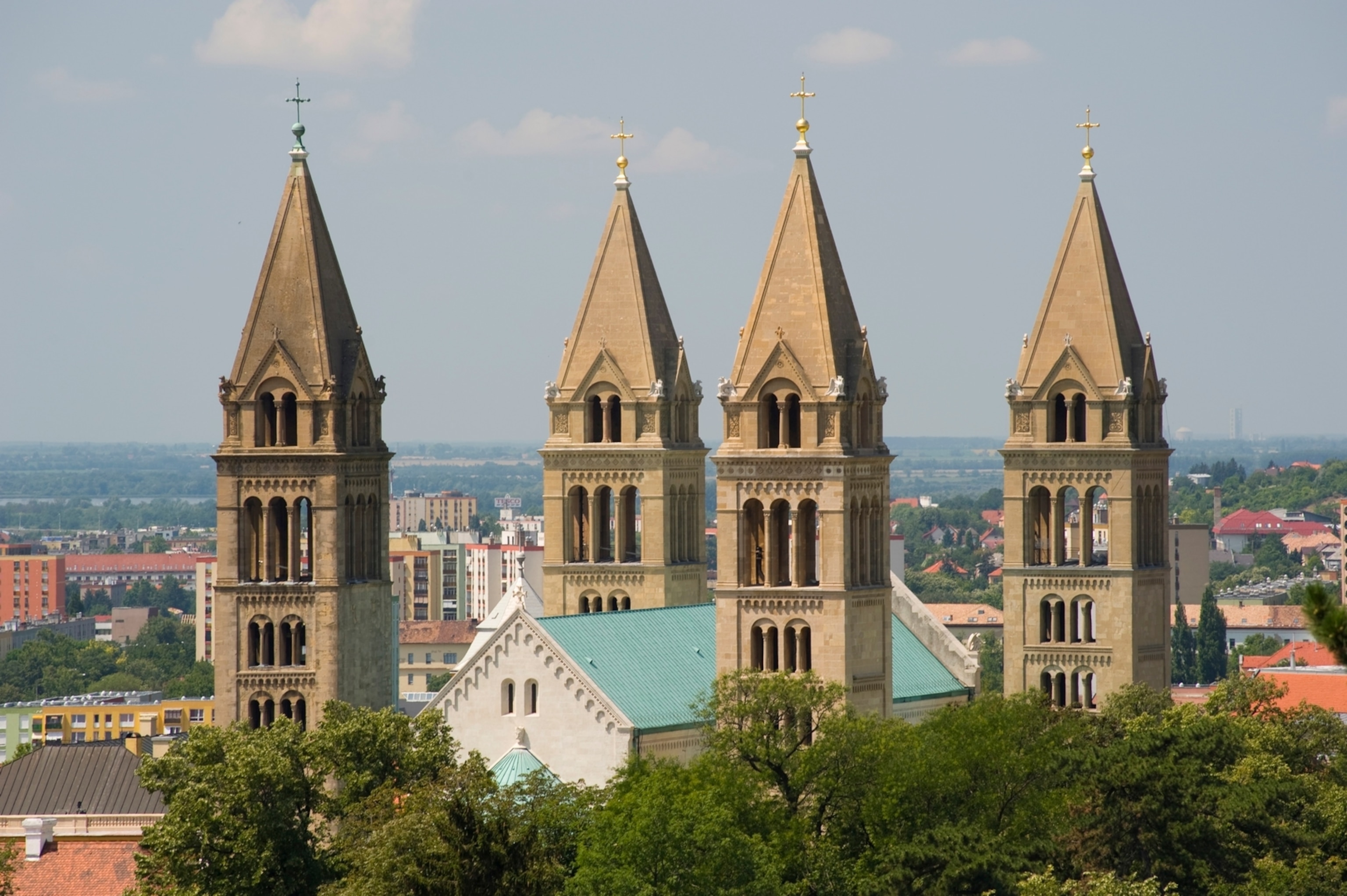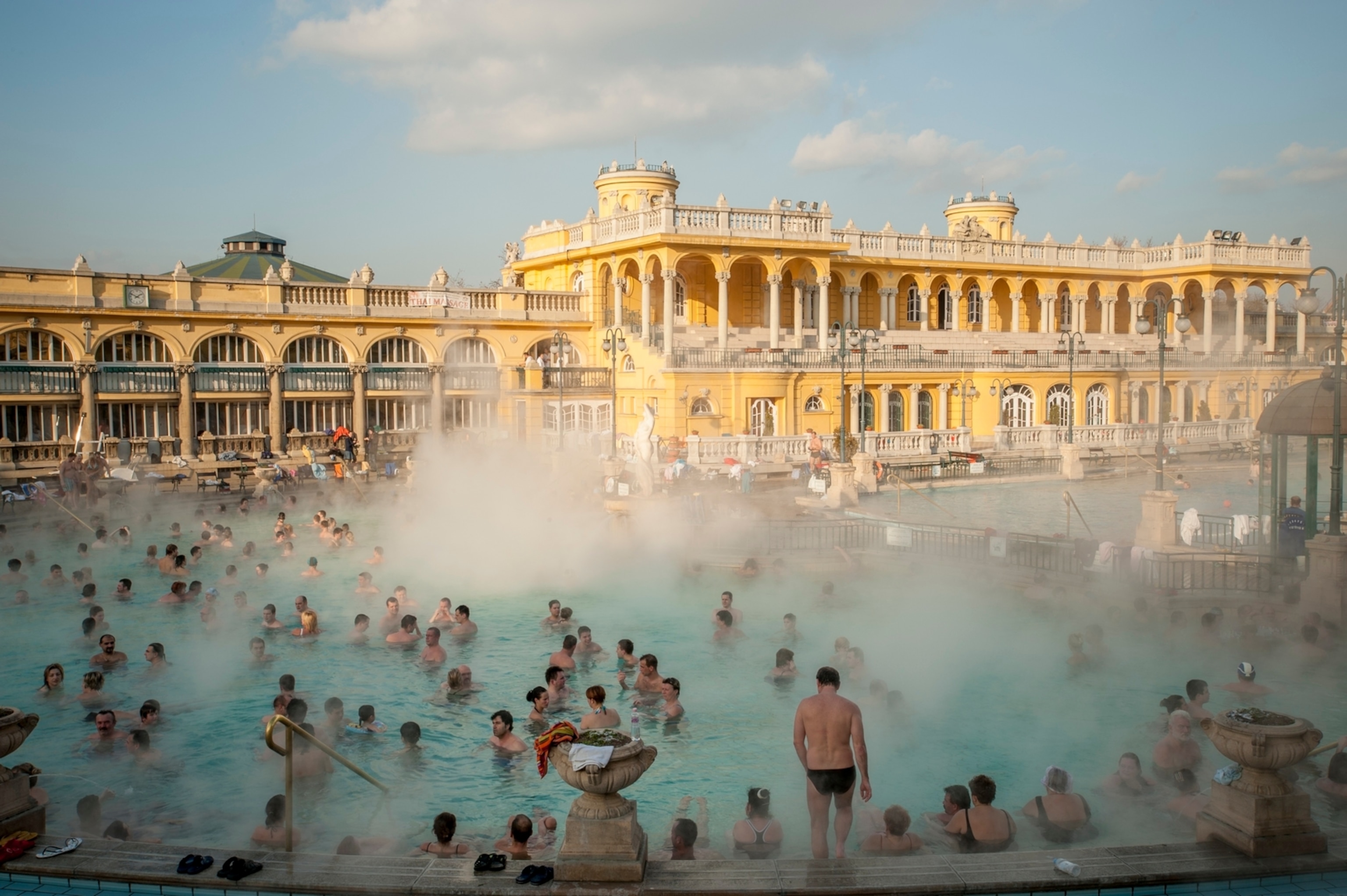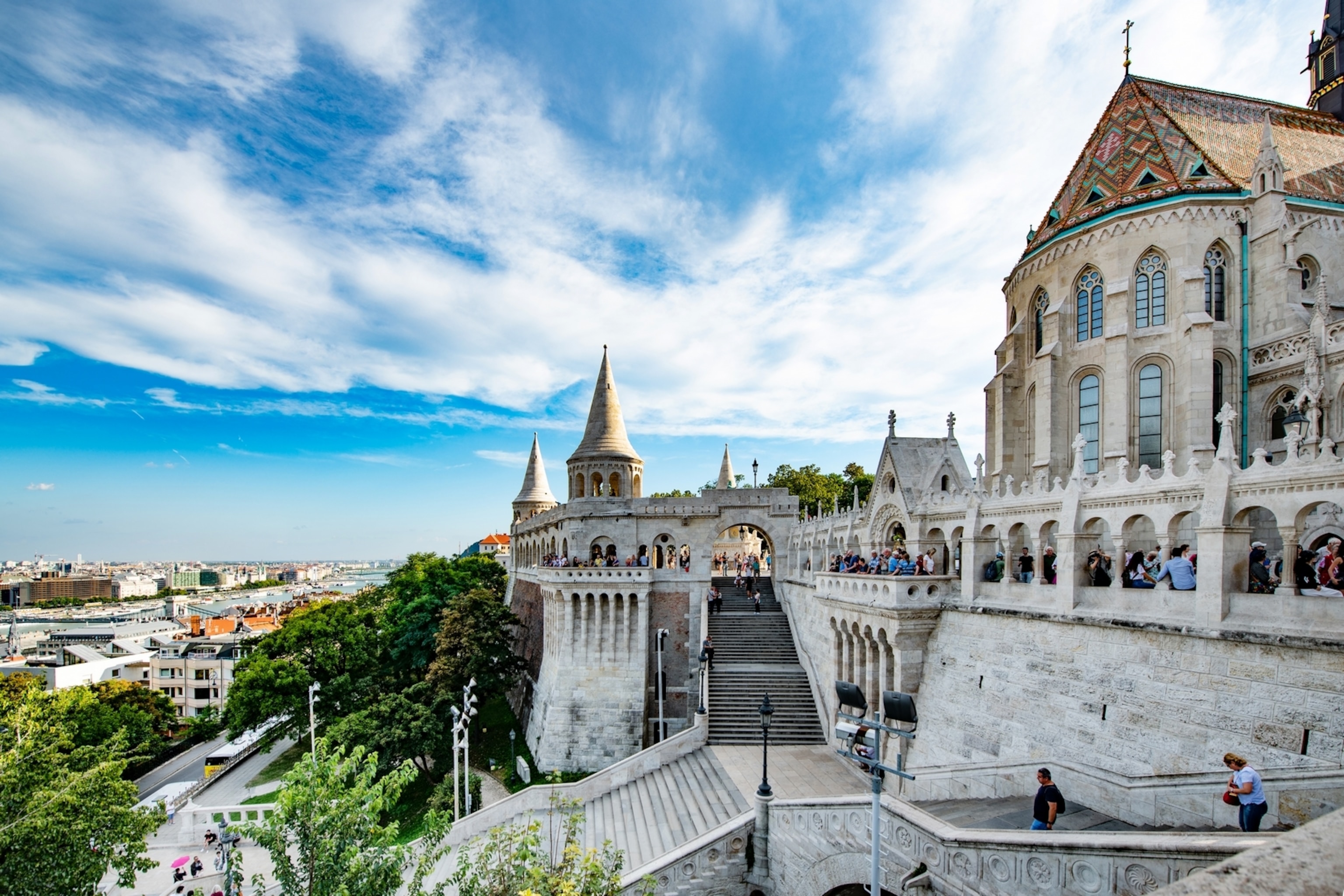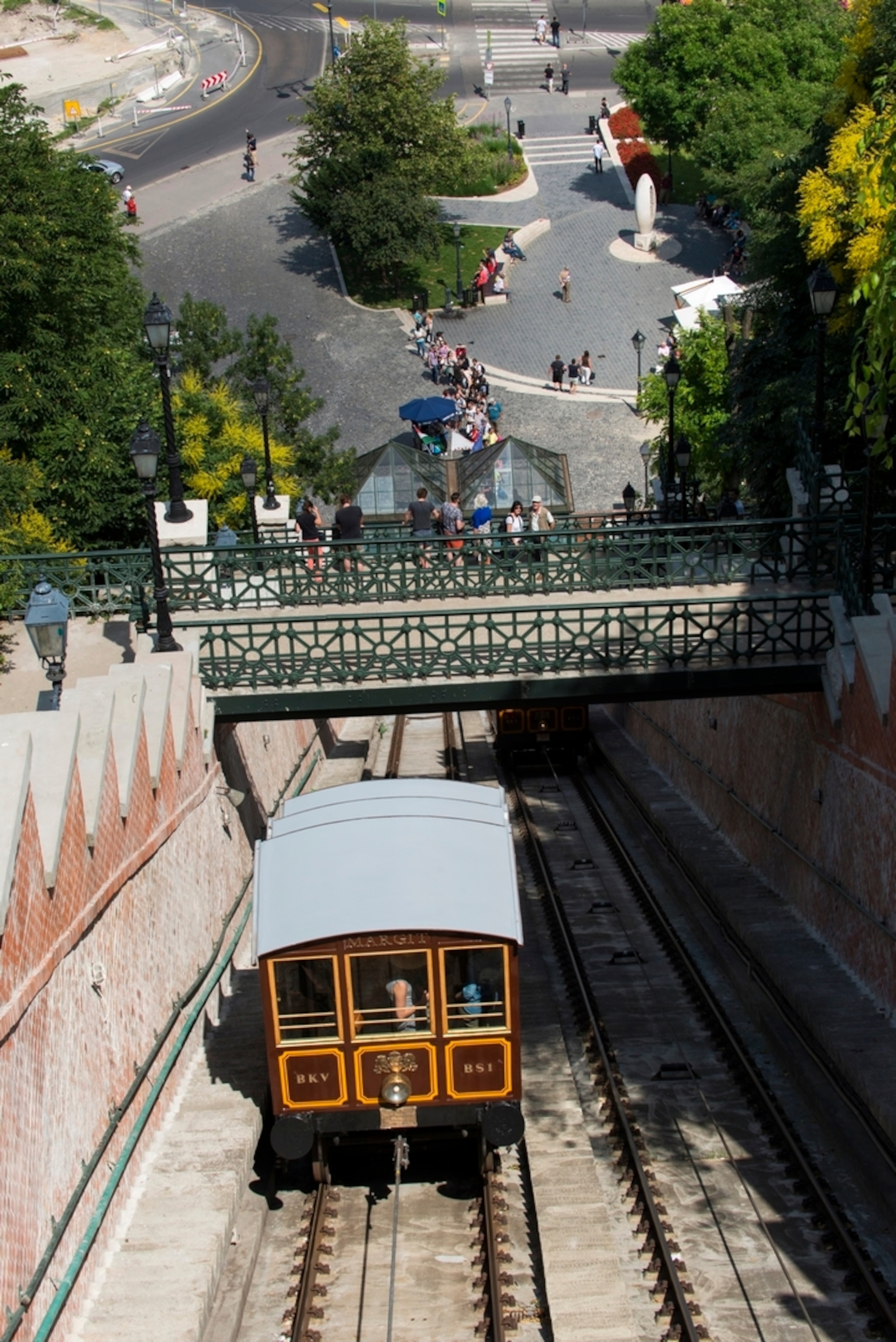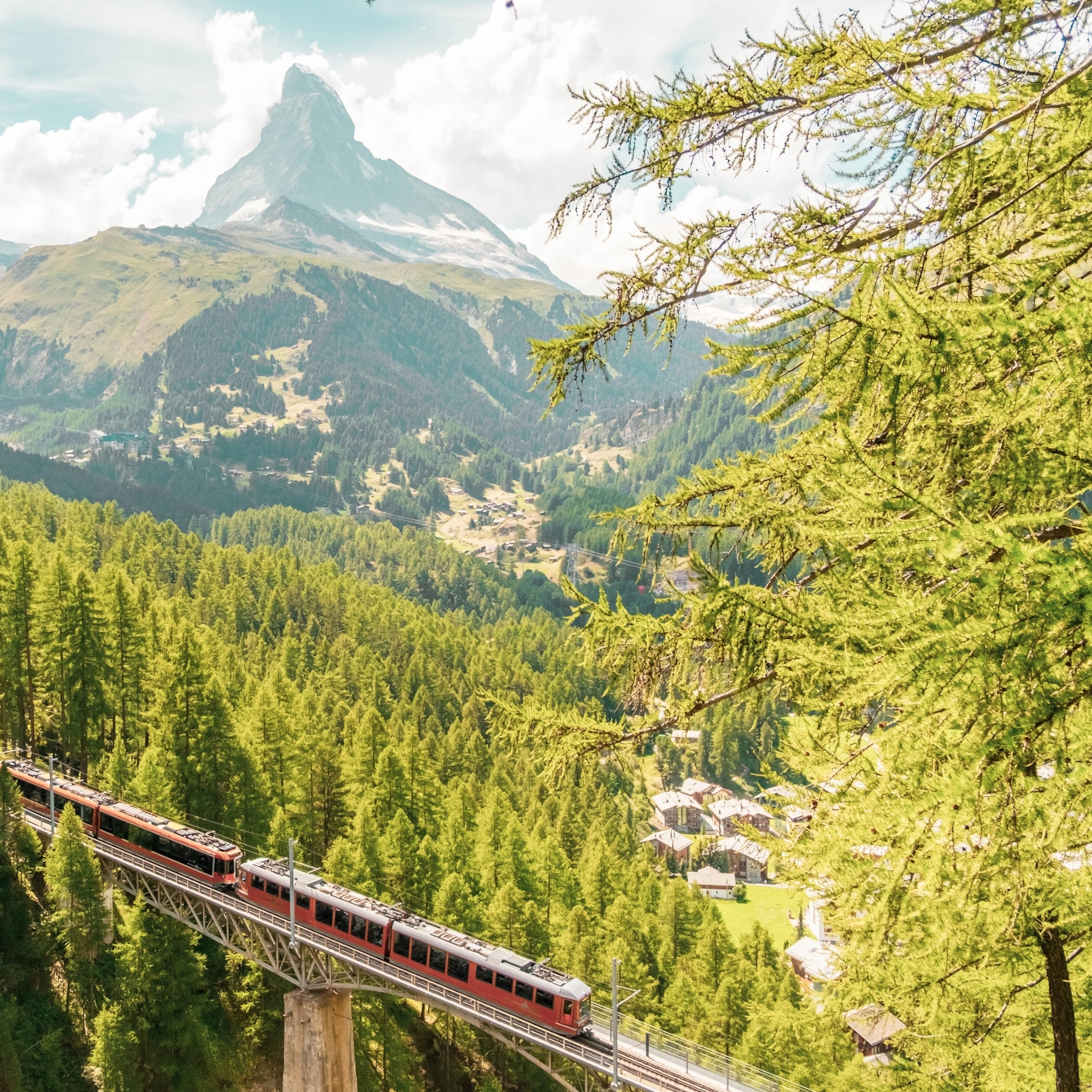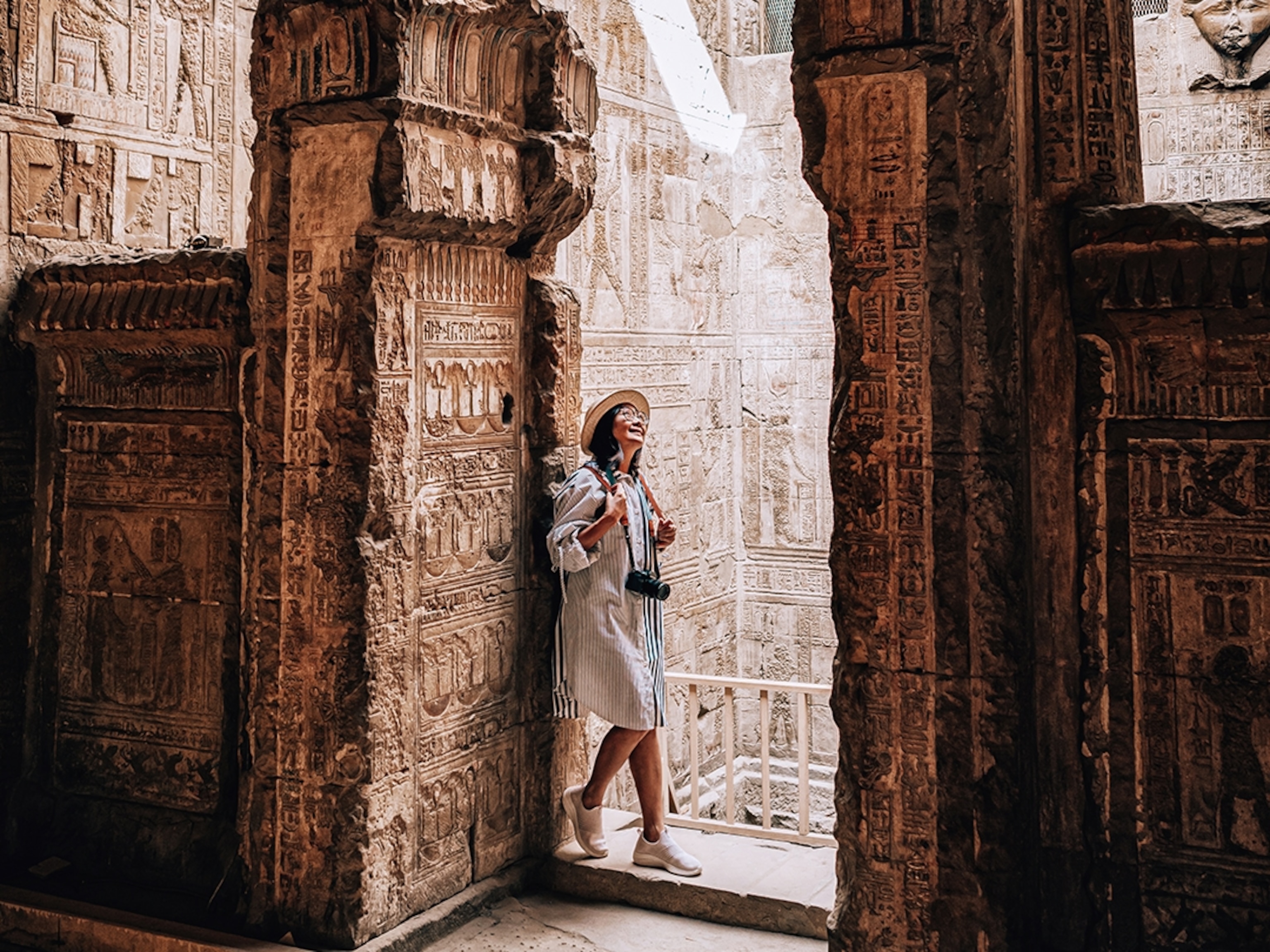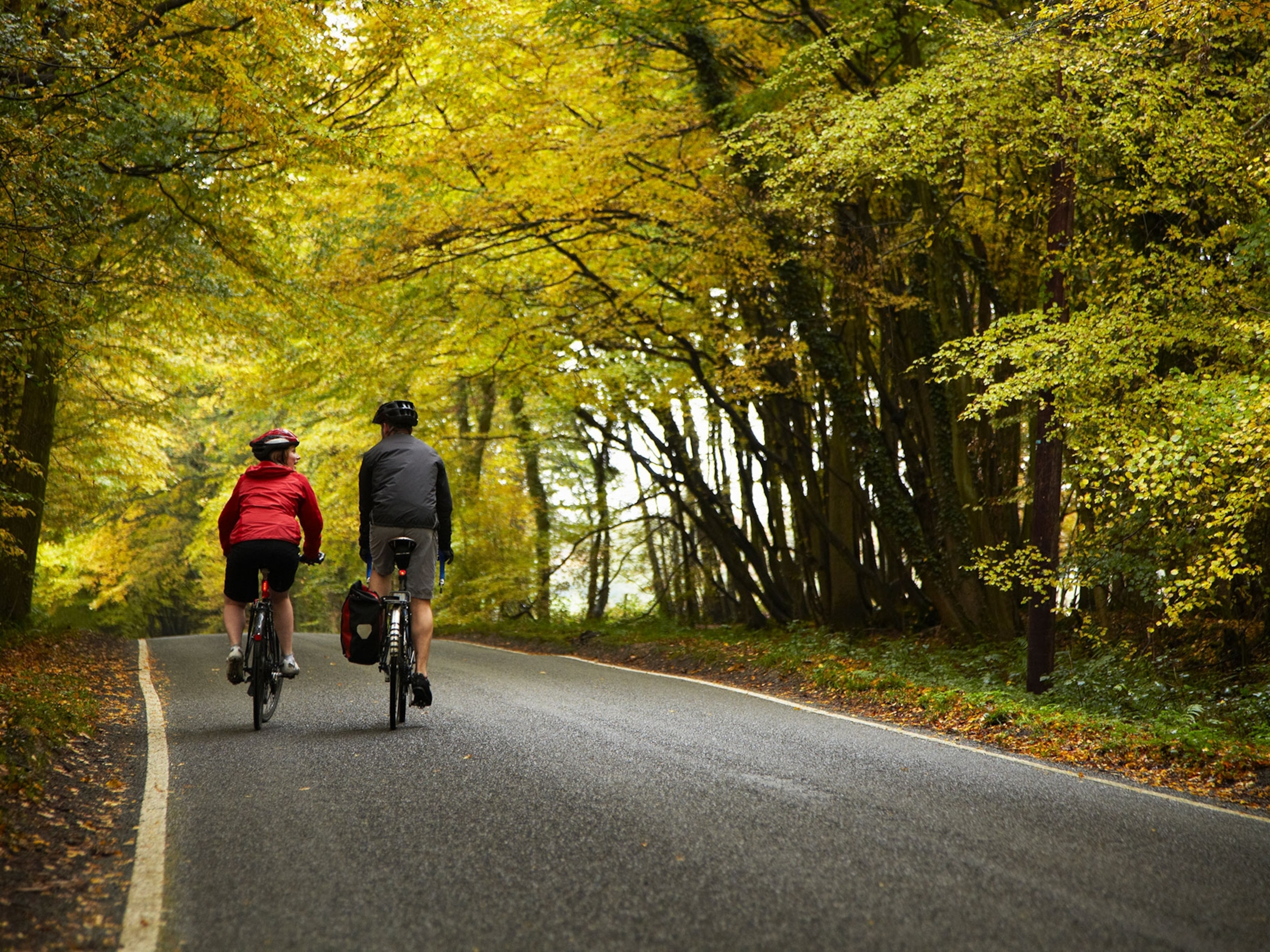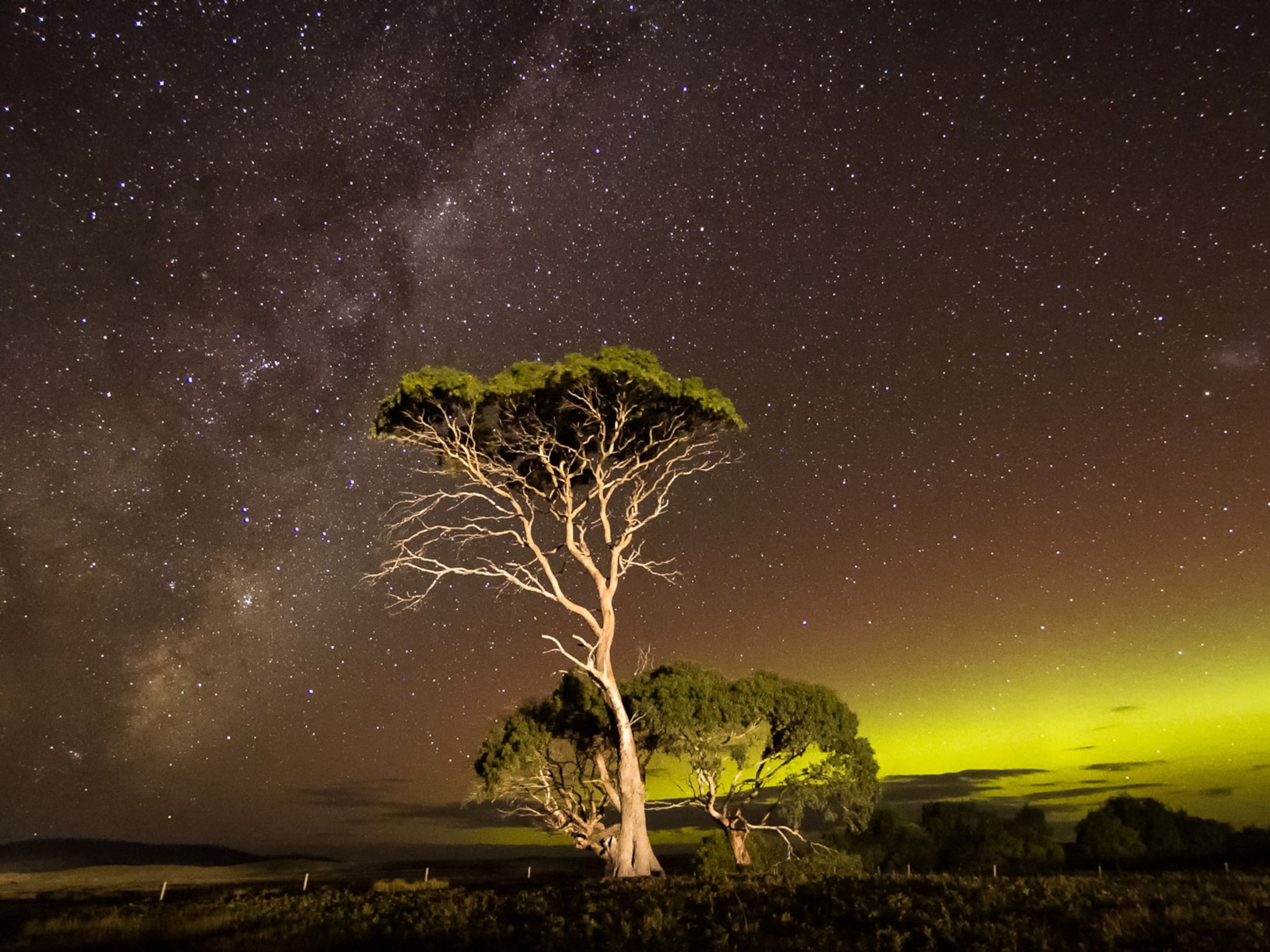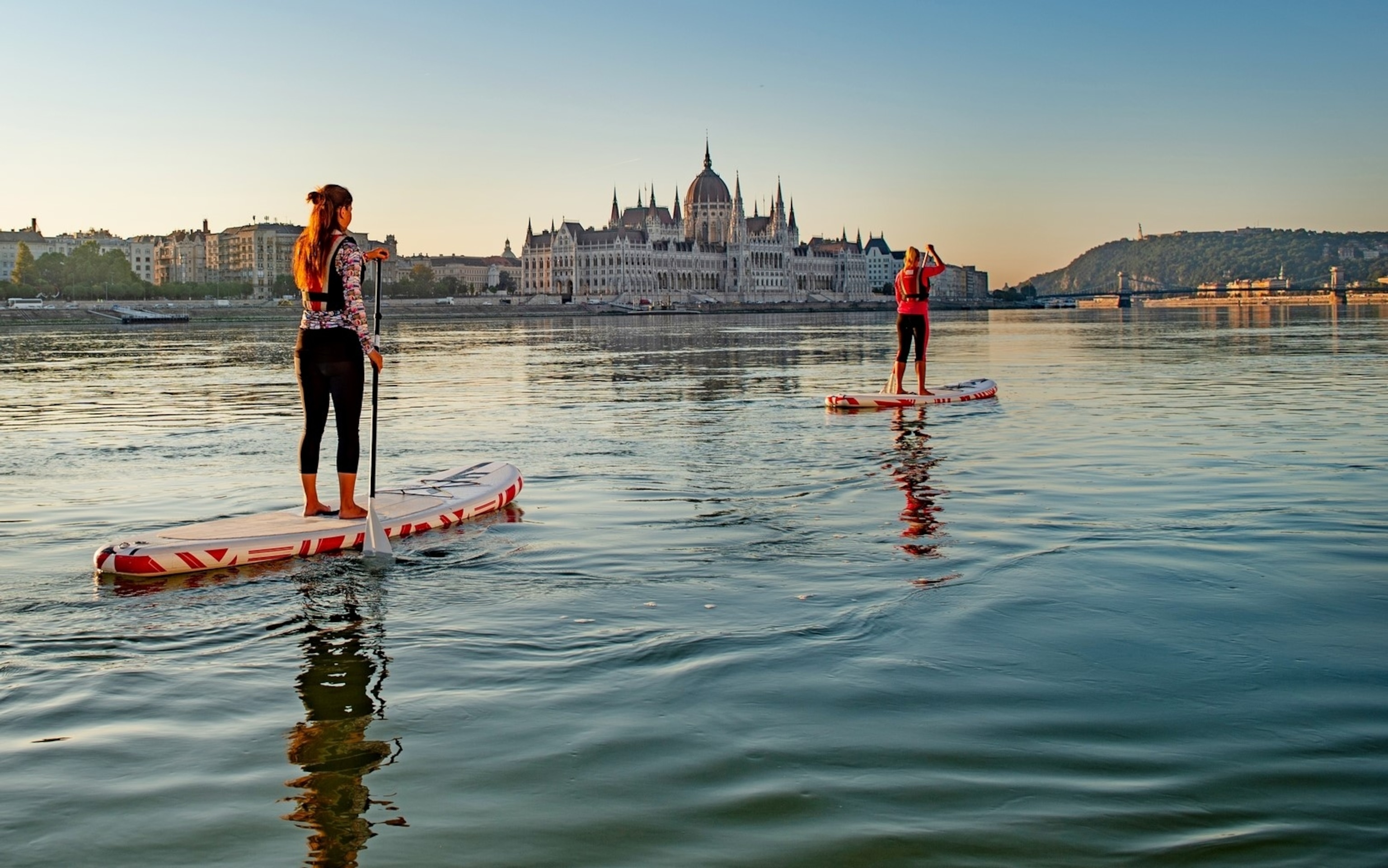
A tour through the heart of Europe
With a seven-day trip in Hungary, you can experience both Budapest’s cosmopolitan color and the more laidback charms of the countryside beyond.
Budapest is one of Europe’s great cities, a place of broad boulevards and buzzing bars and the elegant sweep of the Danube. It’s a place to spend a few days strolling the markets and the old town, enjoying world-class galleries and museums, and indulging in some fabulous food and drink. But there’s so much more besides. Dive into the rest of the country, and go wine-tasting in rustic cellars, follow hiking trails through extraordinary landscapes, admire medieval hilltop abbeys, and visit a former European Capital of Culture. If you’re interested in art and history, in wildlife and the outdoors, and in fine dining, then the following seven-day itinerary is for you.
Days one to three: Budapest
STAY
- Hilton Budapest – classic hotel in the Castle District with the best views of any in the city
- Hotel Moments Budapest – graceful, central hotel with impeccable service
- Mystery Hotel Budapest – a new, characterful place to stay in the center of town
EAT
- Costes Downtown – Michelin-starred, but with an informal vibe
- Déryné Bistro – atmospheric, busy restaurant in Buda
- Gerbeaud Café – the city’s most famous café, conveniently located in Vörösmarty Square
SEE
- Castle District – top strolls, top views, and some heavyweight cultural attractions
- Great Market Hall – an architectural classic and the most atmospheric spot to pick up a souvenir
- City Park – to see the quirky Vajdahunyad Castle, go boating in summer, skating in winter and bathing any time in the Széchenyi Baths
There’s only one place to start: the country’s capital, a city to rank alongside the very best in Europe. Budapest is compact, and many of its highlights lie within walking distance of each other, but public transport is also excellent, with buses, trolley-buses, trams and a metro system that was the first in continental Europe.
The Danube defines Budapest, cutting it in two, and the city’s two halves are totally different in character. To the west is Buda, home to the old town – or Castle District – on a hill that looms above the river bank. The hills further behind offer peaceful nature walks — and can be accessed on a clacking cogwheel railway. Facing Buda across the water is Pest, with grand 19th-century architecture, the lion’s share of the nightlife and the prime shopping streets. Pest is the city’s beating heart.
Begin your journey with a ride up to the Castle District aboard its funicular railway. Go early in the morning, when the cobbled streets are quietest. The old town has witnessed many sieges over its history, including a struggle between Russian and German forces during World War II that caused huge damage. It’s all been beautifully pieced back together. The green-domed Buda Castle Palace holds the Hungarian National Gallery, offering a fascinating spread of exhibits, from medieval stone carvings to vast 20th-century canvases. At the heart of the district is the vibrant Matthias Church, and beside it the Fishermen’s Bastion, its seven turrets representing the nomadic tribes that first settled in Hungary over 1,000 years ago. The views of the river from its arcades are as good as any in the city.
The views from the river itself are excellent too. Regular sightseeing cruises depart from the pier at Vigadó Square, drifting past waterside sights like the Parliament building (modelled on the UK Houses of Parliament). The more adventurous can even take a sunset tour on an SUP.
Pest’s Downtown is a lively spot. Váci Street is its main artery, lined with boutiques and souvenir shops, and opening on to squares surrounded by 19th-century Art Nouveau mansions. Opposite the southern end is the Great Market Hall, a striking building topped with multi-colored majolica roof tiles, where it’s possible to buy everything from dried paprika to handmade lace. The UNESCO-listed Andrássy Avenue is another street not to miss. Inspired by the Champs Elysées in Paris, a wander down here takes you past sights including the Budapest Opera House and the House of Terror (a museum in the former headquarters of the secret police), on the way to Heroes’ Square and leafy City Park.
There are plenty of places to refuel while exploring. Budapest has a strong tradition of coffee and cake, and there are some magnificent historic cafés – try the refined Gerbeaud or the opulent New York Café. Pest in particular is packed full of top-quality places to eat and drink, with six Michelin-starred restaurants, including Onyx — which became the first Budapest restaurant with two Michelin stars in 2018 — and Costes.
After a day of sightseeing, a rejuvenating wallow is an excellent way to relax. Budapest sits on a reservoir of natural thermal water and there are more thermal baths here than in any other world capital. The Gellért Baths are a temple to bathing, with their mosaics and neo-Romanesque columns, while the Széchenyi Baths are the biggest in Europe, and feature outdoor pools which can be enjoyed even in deepest winter.
Day four: Pannonhalma
STAY
- Hotel Rába City Center – a well-placed hotel in Győr with lots of history
EAT
- Viator – an airy restaurant below the abbey that serves superb food in a breathtaking setting
SEE
- Library – stunning neoclassical library, added in the early 19th century
After the bright lights of Budapest, it’s time to experience the simpler pleasures to be found in the countryside beyond. Around 90 minutes’ drive west is Pannonhalma Abbey, perched high on a hilltop and dripping with all the romance and mystery you could wish from a monastery that’s been here for over 1,000 years. This is Hungary’s most cherished religious building, the site of its first Christian community, and visited regularly in the 11th century by King Stephen himself (Hungary’s founding father). Today, around 50 Benedictine monks live here, but you can take a guided tour, as well as purchase a range of organic products made by the monks – from chocolates to bottles of wine.

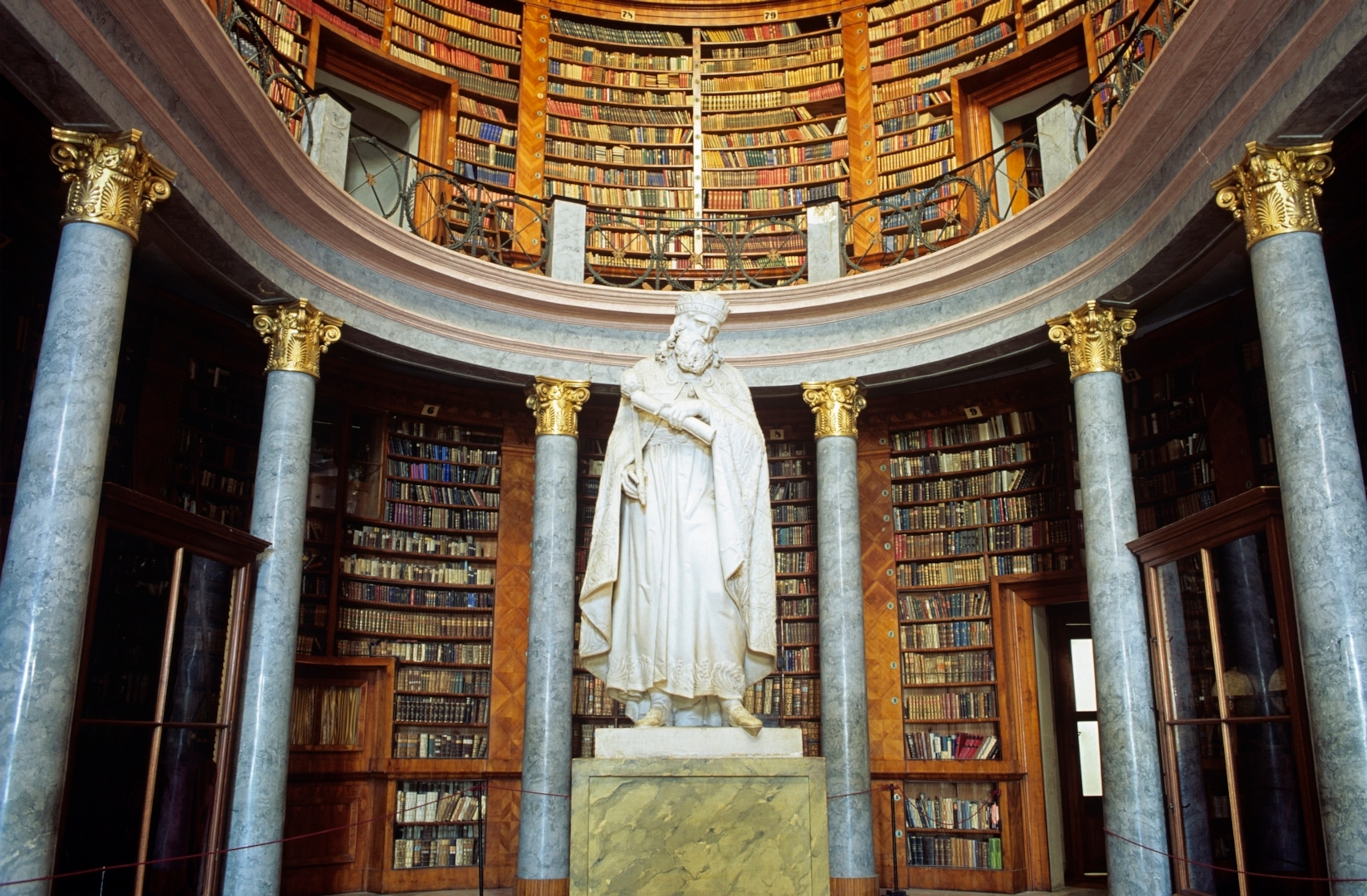
Day five: Káli Basin
STAY
- Káli Art Inn – genuinely characterful accommodation and excellent local cooking
EAT
- Istvándy Pince – wine estate and eatery in Badacsony, with panoramic views of the hills and lake
SEE
- Hegyestű – rock pillars to the east of Köveskál village
Head south to Lake Balaton, the largest lake in Central Europe (with a shoreline of 150 miles). Just to its north is the Káli Basin, a region of forests and meadows, and known in particular for its weird and wonderful geology — rocky pillars formed by volcanic eruptions and scattered boulders created at the bottom of an ancient sea. It makes for great hiking and cycling territory. At Salföld, you can see some unusual indigenous livestock – sheep with spiraling horns and pigs covered in curly hair. And remember that Lake Balaton takes wine seriously; a good place to taste is Badacsony, where you can stop at numerous little hillside cellars.
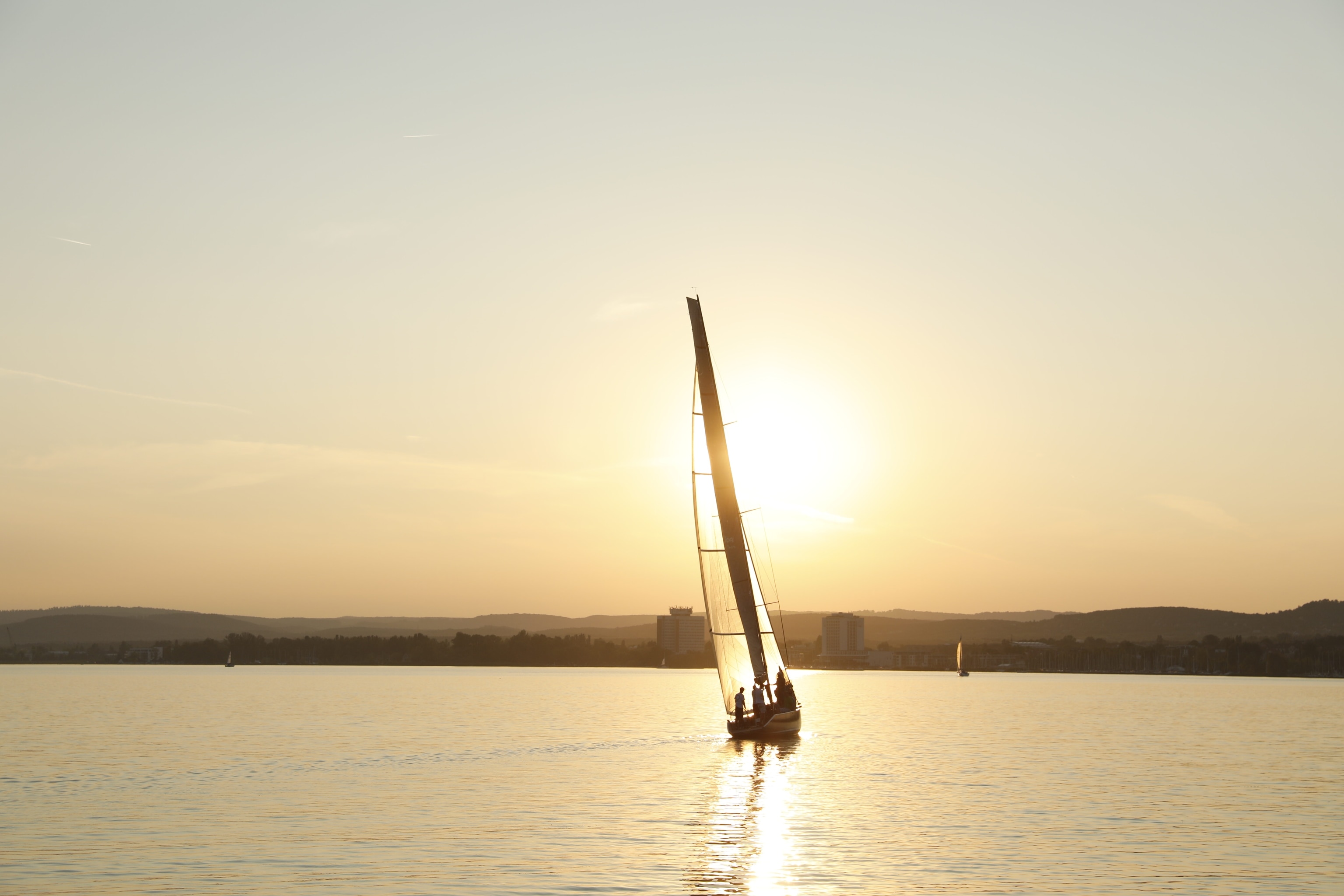
Days six and seven: Pécs and Villány
STAY
- Hotel Palatinus – central Pécs hotel in a historic building. Béla Bartók once performed in its ballroom
EAT
- Bock Pince – Villány guesthouse and restaurant serving excellent food accompanied by wines from one of the country’s leading vintners, József Bock
SEE
- Zsolnay Cultural Quarter – exhibitions of world-renowned Zsolnay ceramics in the company’s former factory building
Southern Hungary is the base for the final two days of this itinerary. Pécs has both yesteryear charm and the contemporary energy of a university city. Its historical heritage is special. Here you’ll find UNESCO-listed early Christian burial chambers dating to the 4th century, with biblical scenes painted on the walls. Here too is Hungary’s only surviving minaret and prayer house from the period of Ottoman occupation in the 16th century. But perhaps best of all is the city’s richness of culture. It has many museums, with exhibitions on archaeology, mining, science, pharmacy, art and more; it’s no surprise that Pécs was named European Capital of Culture in 2010.
Before leaving, take a short hop south to Villány. It might be small – indeed, it is little more than a single street – but this village has a stellar reputation for full-bodied red wines. Wander past the white-washed cellars that line Baross Gábor Street and drop in wherever takes your fancy.
